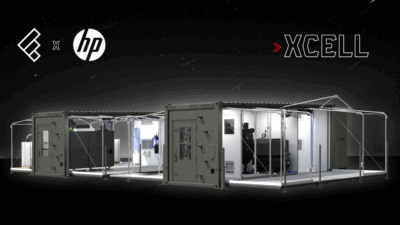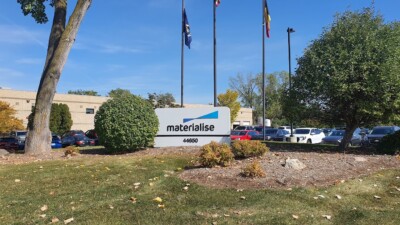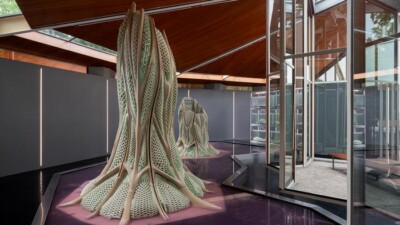National laboratory and industrial 3D printer OEM to focus on thermoplastics and thermosets.
Expanding the material options for 3D printing technologies is a key enabler for the wider adoption of additive manufacturing (AM). To that end, Oak Ridge National Laboratory (ORNL) and the industrial 3D printer manufacturer, JuggerBot 3D, have announced a collaboration to research and develop new material options for large-format 3D printing. More specifically, the two organizations are focusing on developing machines and methods for 3D printing thermoplastics and thermoset polymers, including epoxies, vinyl esters and polyurethanes.
This will be the second collaboration between the Oak Ridge and JuggerBot 3D; the first focused on improving the quality of pellet-based large-format printing, specifically improving consistency of the polymer bead laid down during the 3D printing process. According to a statement from Oak Ridge, that project involved improvements to ORNL’s slicing software and JuggerBot 3D’s hardware.
“When our company first transitioned to pellet-fed 3D printing, we faced a big risk because there were no available slicers that could do what we envisioned,” said Zachary DiVencenzo, president and co-founder of JuggerBot 3D, in an ORNL press release. “That is, until we met the ORNL team. Their existing slicer software was the foundation we needed to grow. Now, the updated open-source Slicer 2 showcases how ORNL innovates for all advanced manufacturing. We’re far from the only company that will benefit from it.”
While most of the material development for polymer 3D printing technologies has focused on thermoplastics, thermosets have the advantage of being able to withstand higher temperatures without softening or warping. This makes the latter more suitable for certain heat-intensive applications, but it also inherently makes them more difficult to 3D print.
In the new collaboration, ORNL and JuggerBot 3D will continue to refine their slicing software and printer hardware with the goal of being able to process thermosets independently, as well as thermosets and thermoplastics simultaneously. JuggerBot 3D will then create and integrate thermoset-specific process parameters into the company’s hardware.
“Operators only need to know which machine they’ll be using. They can slice the CAD design once, then the system pulls in the Material Card data and does the rest,” ORNL researcher Alex Roschli said in the same release. “They won’t need to run the entire calibration process each time they change materials. This can save days or weeks. That adds up for a company.”
According to ORNL, these collaborations will culminate in technologies ready to be incorporated into production workflows, creating opportunities for manufacturers, end users, and universities.



